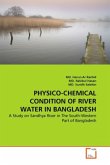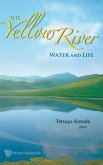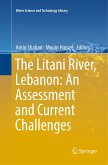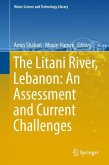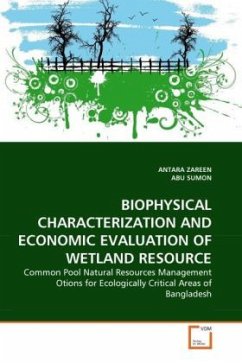The collected surface water were analyzed for the determination of trace elements and micro nutrients (lead, cadmium, iron, chromium, zinc, copper, manganese, nickel, cobalt, fluoride and phosphate) and alkalinity (hydroxide, carbonate and bicarbonate). The experimental techniques employed were Atomic Absorption Spectrophotometry, UV-Visible spectrophotometry, Ion selective membrane electrode and titration. The study revealed that the Balu river is relatively more polluted than the Sitalakhya river due to the direct discharge of industrial wastes of Tejgaon area, Dhaka and more municipal waste and agricultural run-off along the bank side of the river. Iron and Manganese concentration is higher than the standard permissible limit. Phosphate concentration is also very high due to agricultural run off as phosphate fertilizers and phosphate detergents. The presented data on the status of river water will provide necessary information to establish water processing plants in future, the requirement of which increases at a tremendous rate due to growth of population, industrialization and arsenic contamination in tube well water.
Bitte wählen Sie Ihr Anliegen aus.
Rechnungen
Retourenschein anfordern
Bestellstatus
Storno




